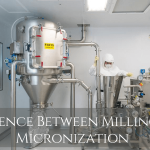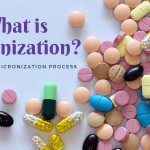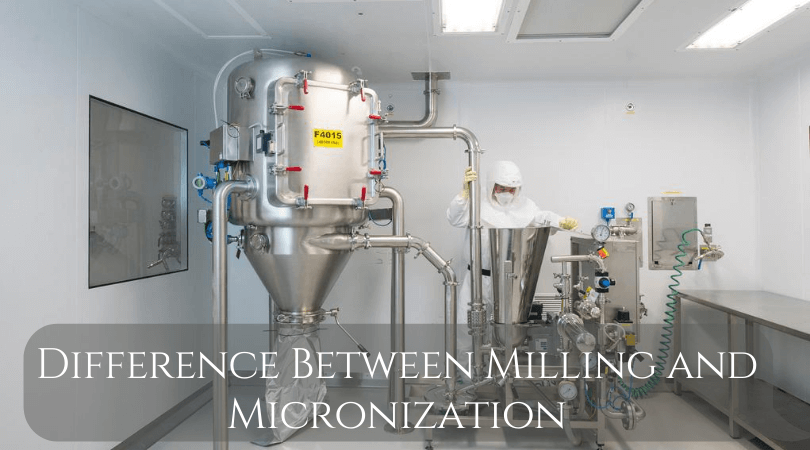It is common to come across terms such as micronization and milling in pharmaceutical fields. And although both these terminologies have been in use for years now, a lot of people are not aware of both these terms and their differences. So to help you with understanding it better, here are the definitions and differences between milling and micronization.
Micronization:
The process used for reducing the size of the particles in many pharmaceutical companies is called micronization. Companies use this method to reduce the average diameter of the Active Pharmaceutical Ingredient. This is done by either traditional techniques such as milling and grinding or advance methods of using supercritical fluids.
Milling:
Milling is a type of micronization process through which the size of the active particle is reduced. This process is done by using machines that help in reducing the size by using mechanical components. This mechanical-size reduction broadly is known as milling and it has different types such as mechanical milling, jet milling and bead milling. Using physical components to reduce the size of a given compound is called milling.
Micronization means micronizing or reducing the size, whereas milling means crushing the particles for reducing their diameter. One can reduce the size of the particle by using milling in the range of micrometer and nanometer.
These definitions can conclude that milling is a type of Micronization process. Although there are no significant differences in them as it milling is a part of micronization, here are the following points to understand both the terms without any confusion.
Difference Between Milling and Micronization
Micronization |
Milling |
| The overall process of reducing the diameter of the API material is called micronization. | Milling is a process in micronization by which the size of the particles is reduced. |
| The micronization process helps in improving the bioavailability of the drug molecule. | Milling helps in decreasing the size, thus increasing its efficacy. |
| Micronization can be done by either milling and grinder or using fluids to decrease the size of the particle. | Milling is done using the mills that reduce the size by crushing the particles. Milling can use both mechanical components as well as other parameters such as gas, temperature or any other physical property to reduce the size of the particles. |
Milling can be simply quoted as the process that helps in breaking down, sizing, or classifying the materials. A lot of companies use both mechanical milling and jet milling to do the micronization process.
The micronization process is essential for the active particles having a large diameter. The size can become a barrier to its solubility and bioavailability. So to ensure that the active ingredient has the desired efficacy, it becomes vital to decrease its size and surface area. Reducing the size increases the strength of the API material.
Concluding Remarks
To summarize, milling is a type of micronization process that is used to reduce the size of the API. It is common to get confused between both the terms as they both primarily are related to the size reduction. Many pharmaceutical companies, even food ingredient companies, do this process of micronization for increasing the effectiveness of the active particles.




